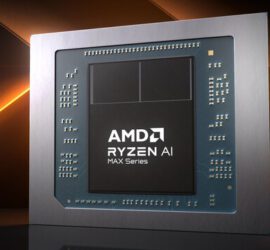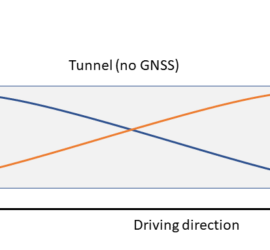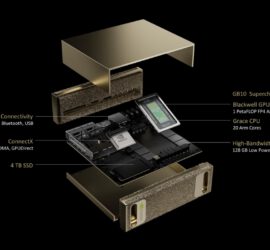Modern game engines are incredibly powerful, being able to render millions of objects while running complex background processes such as physics engines. Being multi-platform capable has become the norm, too. As a result, game engines have […]
Blog
Unreal Engine is a very powerful game engine, with Unity being the other popular choice. I’ve worked with Unity a little bit and I like how tightly it integrates with C#, but I’ve decided to take […]
When the first computers with AMD’s Ryzen AI Max+ 395 “Strix Halo” were announced, they were advertised as being ideally suited to AI workloads, especially large language models, due to their maximum of 128GB of “unified” […]
Vehicle-based Mobile Mapping is the acquisition technology of choice for fast and accurate mapping of larger areas. But how accurate is Mobile Mapping actually, and how can accuracy be improved? GNSS/INS positioning Mobile Mapping systems use […]
Measuring time accurately is essential for most measuring/surveying tasks, whether it is for measuring the runtime of a laser pulse for a distance measurement, or the falling time and hence speed of a mass in an […]
My go-to programming languages are C/C++ for numerical computations and data processing, C# for Windows GUI applications, and Python for quick scripts and machine learning. Nevertheless I decided to take a look at Rust, as it […]
Project DIGITS NVIDIA caused a bit of a stir at CES 2025 when it announced Project DIGITS, a tiny computer for AI development. It combines a 20-core ARM CPU with a Blackwell-generation GPU/AI accelerator and 128 […]
The difference between consumer and enterprise network hardware are expanded functionality that aims at more security (such as more advanced firewalls, the possibility to compartmentalize your networks using VLANs and multiple WLAN IDs, and VPNs) and […]









